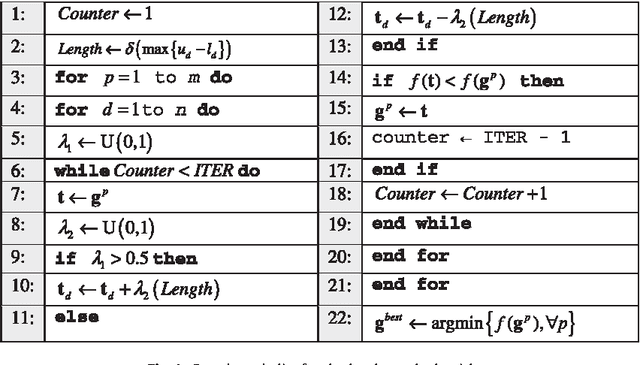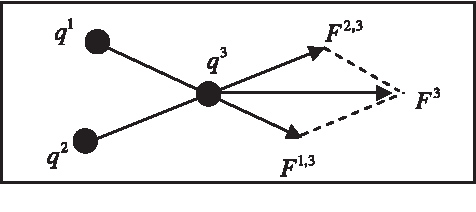Marco Perez-Cisneros
UNIR-Net: A Novel Approach for Restoring Underwater Images with Non-Uniform Illumination Using Synthetic Data
Jan 15, 2025Abstract:Enhancing underwater images with non-uniform illumination (NUI) is crucial for improving visibility and visual quality in marine environments, where image degradation is caused by significant absorption and scattering effects. However, traditional model-based methods are often ineffective at capturing the complex illumination variations present in such images, resulting in limited visual improvements. On the other hand, learning-based approaches have shown promising results but face challenges due to the lack of specific datasets designed to effectively address the non-uniform illumination problem. To overcome these challenges, the Underwater Non-uniform Illumination Restoration Network (UNIR-Net) is introduced, a novel method that integrates illumination enhancement and attention blocks, along with visual refinement and contrast correction modules. This approach is specifically designed to mitigate the scattering and absorption effects that cause light attenuation in underwater environments. Additionally, the Paired Underwater Non-uniform Illumination (PUNI) dataset is presented, a paired resource that facilitates the restoration of underwater images under non-uniform illumination conditions. Extensive experiments conducted on the PUNI dataset and the large-scale real-world Non-Uniform Illumination Dataset (NUID), which contains underwater images with non-uniform illumination, demonstrate the robust generalization ability of UNIR-Net. This method outperforms existing approaches in both quantitative metrics and qualitative evaluations. Furthermore, UNIR-Net not only significantly enhances the visual quality of images but also improves performance in advanced computer vision tasks, such as semantic segmentation in underwater environments, highlighting its broad applicability and potential impact. The code of this method is available at https://github.com/xingyumex/UNIR-Net
ALEN: A Dual-Approach for Uniform and Non-Uniform Low-Light Image Enhancement
Jul 29, 2024



Abstract:Low-light image enhancement is an important task in computer vision, essential for improving the visibility and quality of images captured in non-optimal lighting conditions. Inadequate illumination can lead to significant information loss and poor image quality, impacting various applications such as surveillance. photography, or even autonomous driving. In this regard, automated methods have been developed to automatically adjust illumination in the image for a better visual perception. Current enhancement techniques often use specific datasets to enhance low-light images, but still present challenges when adapting to diverse real-world conditions, where illumination degradation may be localized to specific regions. To address this challenge, the Adaptive Light Enhancement Network (ALEN) is introduced, whose main approach is the use of a classification mechanism to determine whether local or global illumination enhancement is required. Subsequently, estimator networks adjust illumination based on this classification and simultaneously enhance color fidelity. ALEN integrates the Light Classification Network (LCNet) for illuminance categorization, complemented by the Single-Channel Network (SCNet), and Multi-Channel Network (MCNet) for precise estimation of illumination and color, respectively. Extensive experiments on publicly available datasets for low-light conditions were carried out to underscore ALEN's robust generalization capabilities, demonstrating superior performance in both quantitative metrics and qualitative assessments when compared to recent state-of-the-art methods. The ALEN not only enhances image quality in terms of visual perception but also represents an advancement in high-level vision tasks, such as semantic segmentation, as presented in this work. The code of this method is available at https://github.com/xingyumex/ALEN.
Circle detection using electro-magnetism optimization
May 30, 2014



Abstract:This paper describes a circle detection method based on Electromagnetism-Like Optimization (EMO). Circle detection has received considerable attention over the last years thanks to its relevance for many computer vision tasks. EMO is a heuristic method for solving complex optimization problems inspired in electromagnetism principles. This algorithm searches a solution based in the attraction and repulsion among prototype candidates. In this paper the detection process is considered to be similar to an optimization problem, the algorithm uses the combination of three edge points (x, y, r) as parameters to determine circles candidates in the scene. An objective function determines if such circle candidates are actually present in the image. The EMO algorithm is used to find the circle candidate that is better related with the real circle present in the image according to the objective function. The final algorithm is a fast circle detector that locates circles with sub-pixel accuracy even considering complicated conditions and noisy images.
* arXiv admin note: substantial text overlap with arXiv:1405.7362
 Add to Chrome
Add to Chrome Add to Firefox
Add to Firefox Add to Edge
Add to Edge